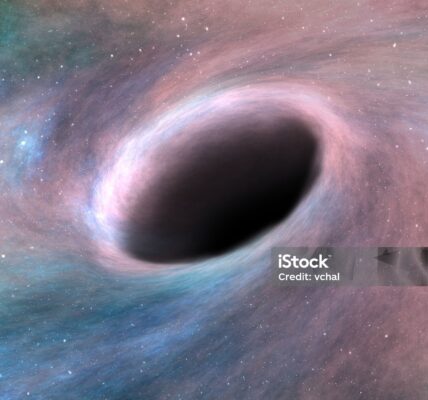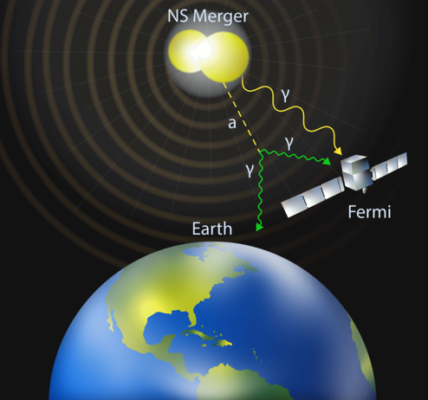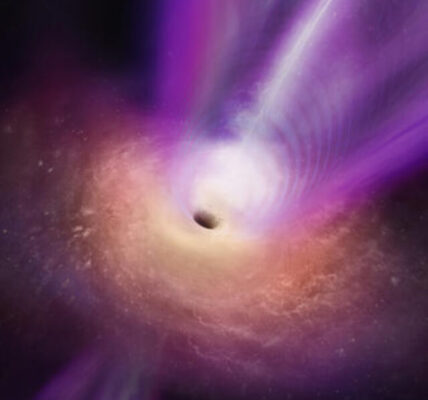Exploring Jupiter’s Icy Moon: The Europa Clipper Mission
Explore the groundbreaking Europa Clipper mission to Jupiter’s icy moon, where scientists aim to uncover the secrets of its potential habitability and search for signs of extraterrestrial life.
Jupiter’s icy moon Europa is the stage for one of the most exciting space missions in recent memory. Set to launch in October this year, the Europa Clipper mission is a joint effort by NASA and the European Space Agency (ESA) to delve into the mysteries of this enigmatic celestial body.
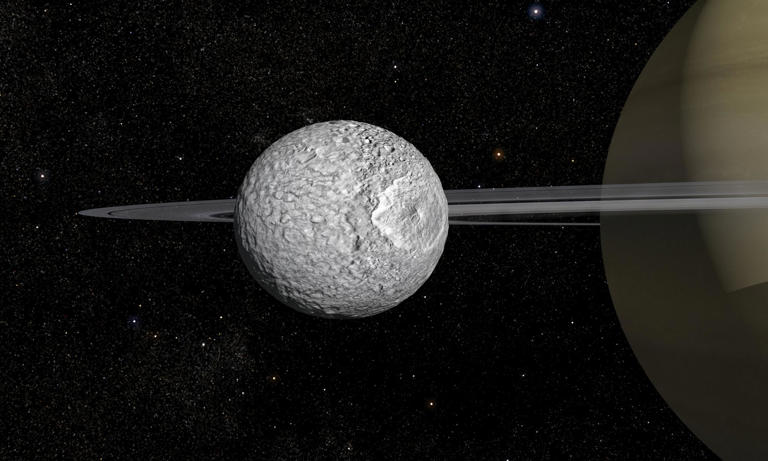
© Provided by Space
Jupiter’s Icy Moon: A Primer
Europa, Jupiter’s fourth-largest moon, has long intrigued scientists due to its unique characteristics. Covered in a thick layer of ice, Europa is believed to conceal a vast ocean beneath its frozen surface. This subsurface ocean has captured the imagination of researchers, raising the tantalizing possibility of extraterrestrial life.
Unraveling Europa’s Secrets: The Europa Clipper Mission
The Europa Clipper mission represents a significant leap forward in our quest to understand Europa’s potential for habitability. Armed with an array of cutting-edge instruments, the spacecraft is poised to conduct multiple flybys of Europa, gathering invaluable data along the way.
Probing Europa’s Depths: Investigating the Subsurface Ocean
One of the primary objectives of the Europa Clipper mission is to study Europa’s subsurface ocean. By analyzing the moon’s magnetic field, scientists hope to gain insights into the ocean’s composition and salinity. These findings could shed light on the potential habitability of Europa’s hidden ocean.
Cracking the Ice: Understanding Europa’s Surface Geology
Europa’s icy surface holds clues to its geological history. With advanced imaging instruments, the Europa Clipper mission aims to map the moon’s surface in unprecedented detail. By studying surface features such as ridges, cracks, and impact craters, scientists can piece together the puzzle of Europa’s past.
Hunting for Biosignatures: Searching for Signs of Life
One of the most exciting aspects of the Europa Clipper mission is the search for biosignatures – chemical indicators of potential life. By analyzing material ejected from Europa’s surface, scientists hope to detect organic molecules or other compounds that could hint at the presence of extraterrestrial life.
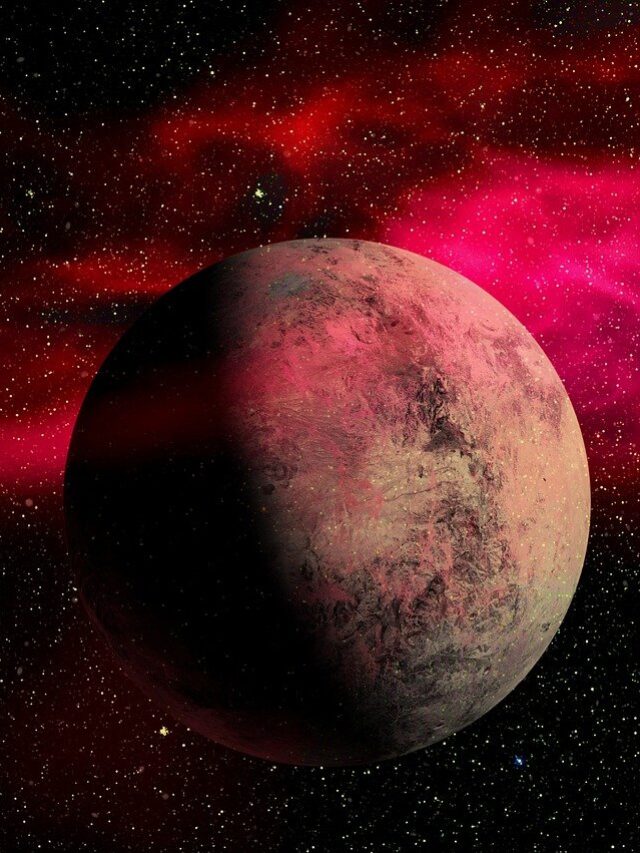
© Provided by Space
Technology at Work: The Instruments of Europa Clipper
The Europa Clipper spacecraft is equipped with state-of-the-art instruments designed to unlock Europa’s secrets. From mass spectrometers to ice-penetrating radar, these tools enable scientists to conduct detailed analyses of Europa’s atmosphere, surface, and subsurface ocean.
International Collaboration: NASA and ESA Join Forces
The Europa Clipper mission is a testament to international cooperation in space exploration. With contributions from both NASA and ESA, the mission brings together the world’s leading experts to unravel the mysteries of Europa and beyond.
Conclusion: A Voyage of Discovery
As the Europa Clipper mission prepares for launch, anticipation is building among scientists and space enthusiasts alike. With its ambitious goals and cutting-edge technology, the mission promises to revolutionize our understanding of Jupiter’s icy moon and perhaps even provide clues to the existence of extraterrestrial life. Jupiter’s icy moon, Europa, beckons us to embark on a journey of discovery – one that may reveal the secrets of our cosmic neighbors and our place in the universe.
ALSO READ:
“Mangalyaan-2 Mars Mission: 5 Incredible Breakthroughs You Won’t Believe!”
